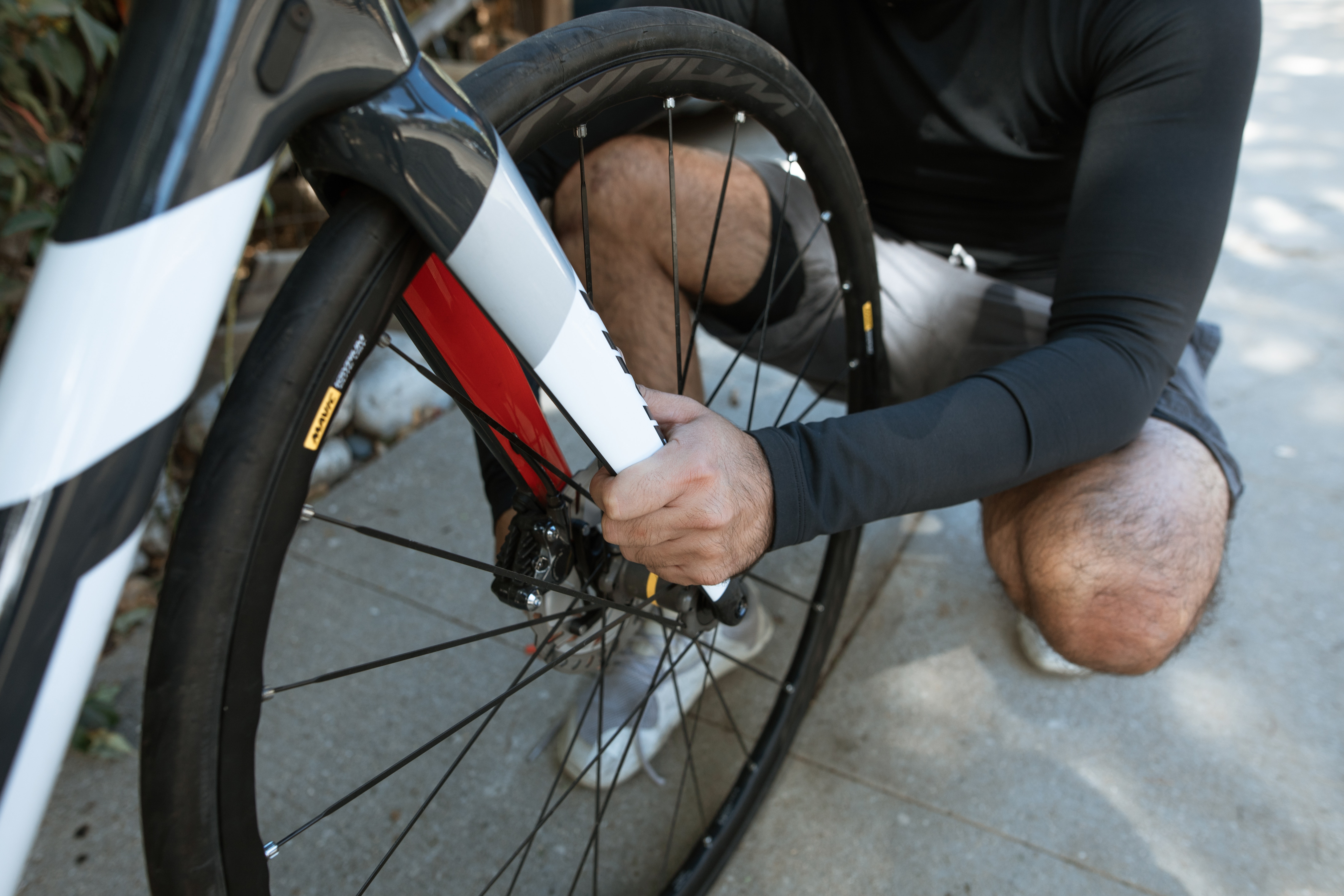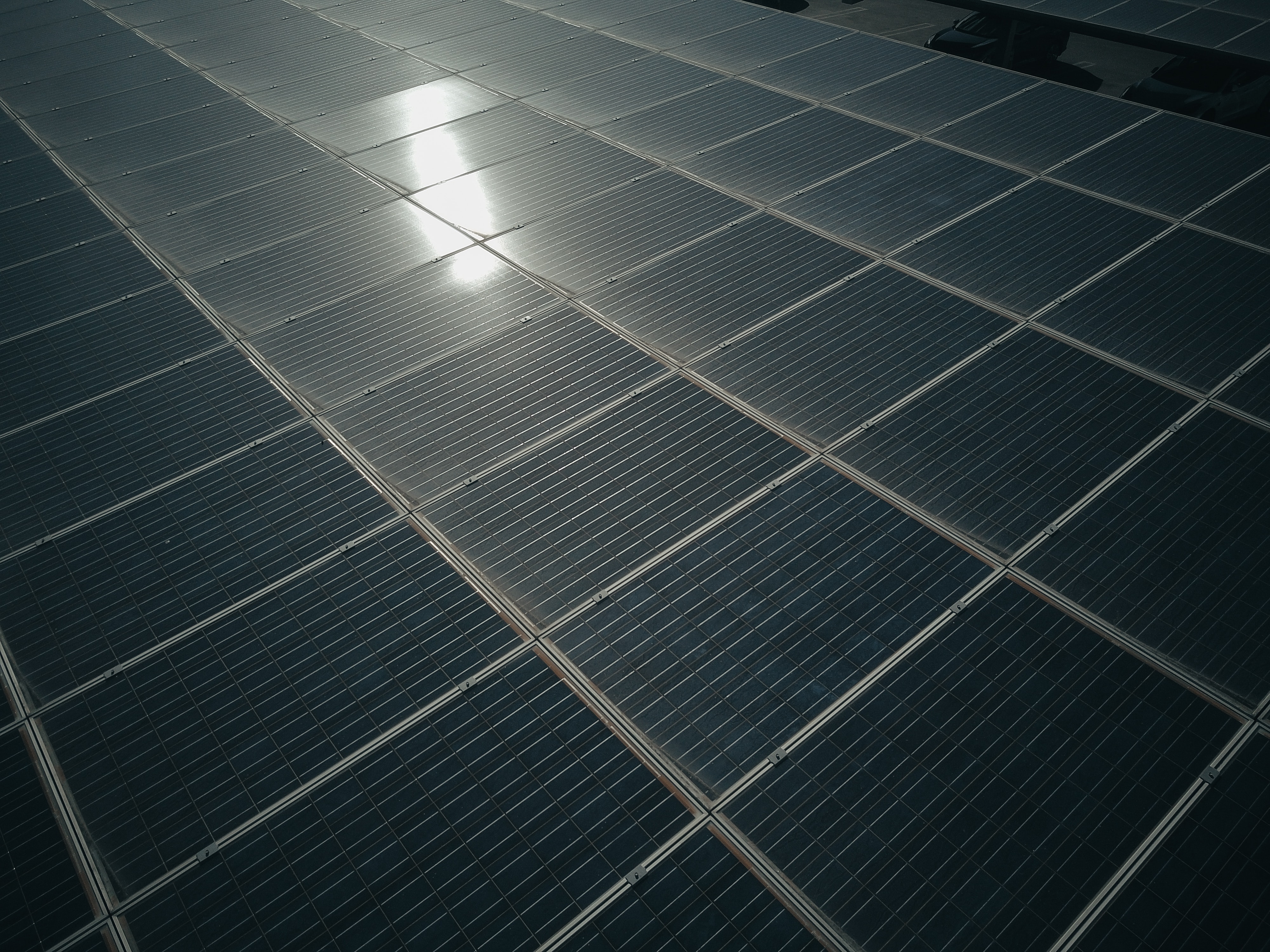What Is Composite Braiding?
Composite Braiding is just what it sounds like, braiding thermoplastics together to create composite materials. There is a wide range of uses for this but the one we’re most interested in is bikes. More on that in a little while.
Think about composite braiding as making a rope of material. Just like with a rope, different strands are braided together- carbon fibre, glass fibre, etc. These materials are interlocked in two, or sometimes three directions.
These materials a wrapped around a bobbin and moved along a track from carrier to carrier to carrier. The material is drawn from the carriers to a formation plate and over time you have your part. Maybe a seat tube or handlebars.
Why Composite Braiding
Ok let’s be honest. The bulk of people reading this aren’t looking for an explanation on what composite braiding is. You’re probably looking for reasons to use- or not use it in your manufacture.
Well, we’ll start with the pros. And composite braiding has a few things going in it’s favour that’s for certain. It allows for eco-friendly and strong materials to be produced with thermoplastic. It’s also less labour intensive than traditional moulding and curing methods of creating CF bike frames.
Eco-Friendly
Composite braiding can cut down on the energy cost of creating a frame by 95%. That’s already a big step to making a bike a green product. There is another big advantage though. Because composite braiding is using thermoplastic rather than epoxy resin moulds it is much easier to fit it into a circular economy model.
The problem with epoxy resin is that when it takes damage it might not be immediately obvious. Taking a hard bang might not do anything to the exterior but cause significant structural damage inside. This makes it difficult to repair and reuse. It is also extremely difficult to recycle. With most of it’s reuse coming from chopping and using it for things that need significantly lower quality CF. It’s material properties degrade a lot in the process.
Thermoplastic on the other hand can be repaired and reshaped much more easily. Firstly, it’s less likely to take significant internal damage, leading to a more durable product. Most importantly though thermoplastic can be reformed, that means it can be repaired. It also means at the end of a bikes lifecycle it can be salvaged and reused.
Labour Cost
Composite braiding can cut labour by a huge margin. Traditionally carbon frame bikes are labour intensive to create. Requiring the use of moulds, layering of carbon fibre, curing, etc. It takes a lot of manpower to create a CF frame bike using traditional methods. By using the composite braiding to create bike parts though the process becomes much less labour intensive. Rather than layering CF by hand into a mould a full tube is braided on the track ready for use.
Composite Materials in a Sustainable Economy.
What all of this means is that the product of a composite braiding process is a much greener product than traditionally made bikes, whether through steel production or CF moulds. A product lower in scrap, energy usage and ready for the circular economy.
Quality Product
It’s great that composite braiding can cut down on energy and labour. But it doesn’t really matter if it can’t produce a high-quality product that customers want right? Well luckily it does.
Composite braided thermoset plastics are much more durable than traditional composite frames- even before considering ease of repair. That means that riders don’t have to worry anywhere near as much about taking on damage, increasing rider confidence as a result. Because any damage is unlikely to be internal structural damage without any outside signs it’s also much easier to repair as we’ve mentioned already.
It is still a composite frame though. That means it’s much lighter than a heavy steel frame. Which makes it perfect for commuters or a racing bike where weight can really make a difference. In essence you get the best of both worlds, lightweight, durable and comfortable.
As proof of the quality check out Starling Cycles. They worked exclusively with steel frames for a long time. Mostly on the basis that traditional composite bikes didn’t meet what they wanted their bikes to be. Their first ever composite bike project is based on this kind of manufacture.
Not A Miracle
You might be thinking at this point that composite braiding is some kind of miracle process. Why make bikes in any other way? Unfortunately, it’s not. Like everything else there are trade-offs.
Composite braiding produces a lot less waste and uses much less energy, and yes it can fit into the circular economy. However, it is not completely recyclable. Not in the way steel is for example, steel can be recycled over and over without lost of material property. For composites separating the carbon fibre is usually an energy intensive process. It also degrades the material. That means that a steel frames material can be reused a lot more than a thermoplastic one. No matter how it’s produced.
You also end up with a comparatively slower process. At least at the moment. The highest output is about 300 frames a day. For particularly high volume runs that could be a problem. However it is also something that can be mitigated in the future with investment and growth.



